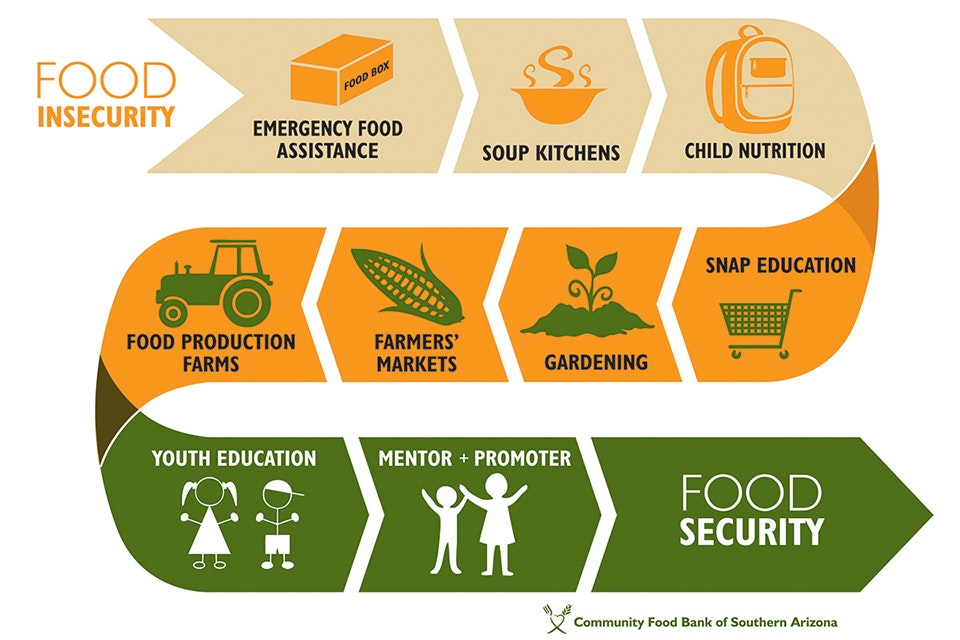Food Security
Santa Clara County, the richest County in California (24/7 Wall Street), rated 21st in Women's Food Insecurity between 2014 and 2018, with 42.2% of low and moderate income women unable to afford enough food (Women's Well-Being Index-California Budget & Policy Center). The short- and long-term impacts of COVID-19 will likely create additional barriers to food security.

GCRCD has adopted a Long Range Plan that includes several strategies that could help improve food security by increasing locally-sourced food access, improving soil and crop health, and encouraging crop diversity, including:
- Ensure programs and projects provide specific outreach to BIPOC communities and other traditionally-underserved populations.
- Identify potential new market opportunities to better connect agricultural producers to consumers.
- Work with CDFW, CDFA, CALFIRE, UCCE and other state, regional and local agencies to address natural resource issues relevant to agricultural producers, including soil health, vegetation management, crop diversity and water quality.
- Provide educational outreach and technical assistance to agricultural producers and land managers on water resource issues impacting soil health, plant communities, and wildlife habitats.
COVID-19 Food Access:
- Community Resources: Food Assistance (Santa Clara County Library System)
- Buying food directly from farmers during COVID-19 (Santa Clara County Food System Alliance)
- Food resources in the County of Santa Clara for COVID-19 shelter-in-place (City of San Jose)
- Eastside Connect (Veggielution Community Farm)
